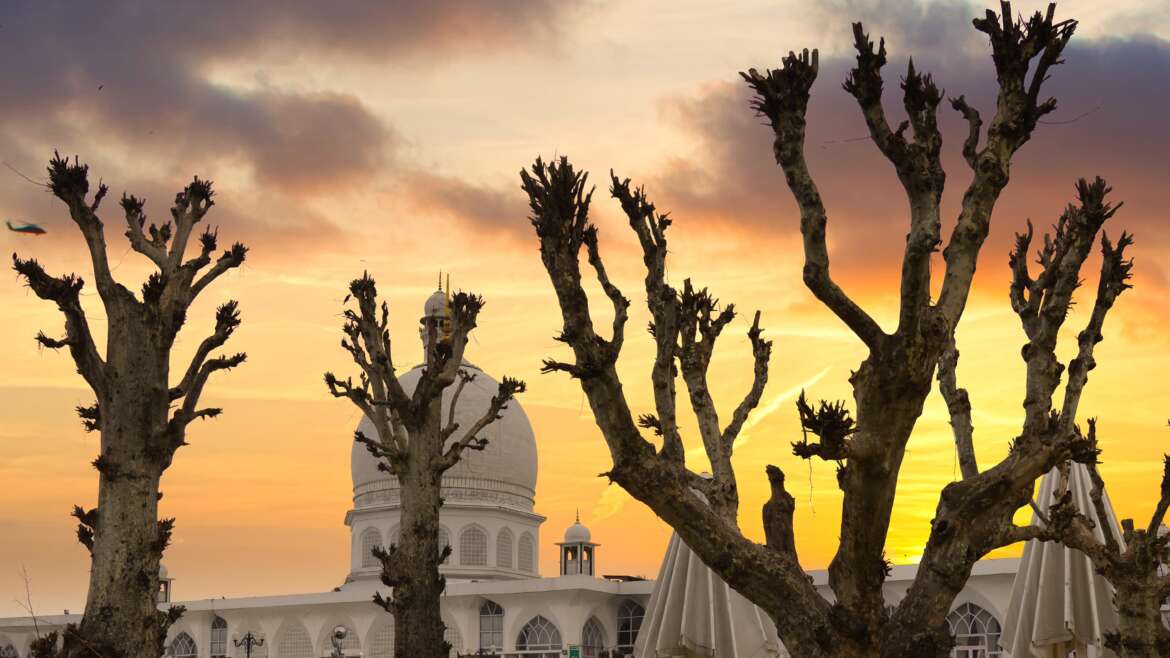Srinagar is a beautiful city in the Indian-administered Jammu and Kashmir, which is a disputed region in the Himalayas. It is the summer capital of the union territory, and a popular tourist destination for its natural scenery, gardens, houseboats, and handicrafts. Here is some information about Srinagar that you might find interesting:
- Srinagar has a long and rich history, dating back to the 6th century CE when it was founded by the Gonanda dynasty. It was later ruled by various Hindu, Buddhist, Muslim, and Sikh dynasties, who left their mark on the city’s culture and architecture. The city has been a center of learning, spirituality, and art for centuries1
- Srinagar is famous for its lakes, especially Dal Lake and Nagin Lake, which are surrounded by mountains and lush greenery. The lakes are home to many houseboats, which are floating wooden residences that offer a unique experience to visitors. The houseboats are decorated with intricate carvings, carpets, and furniture, and have modern amenities like electricity and wifi. Some of the houseboats are over 100 years old and have hosted celebrities like George Harrison, Ravi Shankar, and Indira Gandhi23
- Srinagar has many gardens that showcase the beauty of Kashmiri flora and fauna. Some of the most famous gardens are Shalimar Bagh, Nishat Bagh, Chashme Shahi, Pari Mahal, and Harwan Garden. These gardens were built by the Mughal emperors in the 16th and 17th centuries as their summer retreats. They feature fountains, pools, pavilions, terraces, and flower beds that create a serene and romantic atmosphere. The gardens are also a great place to enjoy the view of the snow-capped mountains and the lake.
- Srinagar is also known for its traditional Kashmiri handicrafts, such as shawls, carpets, papier-mâché, wood carving, jewel making, and embroidery. These handicrafts reflect the skill and creativity of the local artisans, who use natural materials like wool, silk, wood, paper, metal, and stones to create exquisite products. The shawls are especially famous for their fine quality and intricate patterns. They are made of pashmina or cashmere wool, which is obtained from a special breed of goats found in the Himalayas. The shawls can take months or even years to complete by hand

